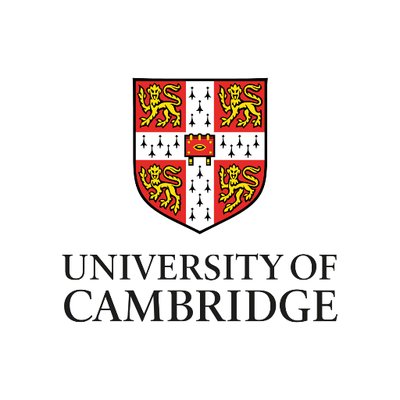University of Cambridge: Parasites from feasting at Stonehenge found in prehistoric faeces
A new analysis of ancient faeces found at the site of a prehistoric village near Stonehenge has uncovered evidence of the eggs of parasitic worms, suggesting the inhabitants feasted on the internal organs of cattle and fed leftovers to their dogs.
Durrington Walls was a Neolithic settlement situated just 2.8km from Stonehenge, and dating from around 2500 BC, when much of the famous stone monument was constructed. It is believed that the site housed the people who built Stonehenge.
A team of archaeologists led by the University of Cambridge investigated nineteen pieces of ancient faeces, or ‘coprolite’, found at Durrington Walls and preserved for over 4,500 years. Five of the coprolites (26%) – one human and four dog – were found to contain the eggs of parasitic worms.
Researchers say it is the earliest evidence for intestinal parasites in the UK where the host species that produced the faeces has also been identified. The findings are published today in the journal Parasitology.
“This is the first time intestinal parasites have been recovered from Neolithic Britain, and to find them in the environment of Stonehenge is really something,” said study lead author Dr Piers Mitchell from Cambridge’s Department of Archaeology.
“The type of parasites we find are compatible with previous evidence for winter feasting on animals during the building of Stonehenge,” he said.
Four of the coprolites, including the human one, contained the eggs of capillariid worms, identified in part by their lemon shape.
While the many types of capillariid around the world infect a wide range of animals, on the rare occasion that a European species infects humans the eggs get lodged in the liver and don’t appear in stool.
The evidence of capillariid eggs in human faeces indicates that the person had eaten the raw or undercooked lungs or liver from an already infected animal, resulting in the parasite’s eggs passing straight through the body.
Microscopic egg of capillariid worm from Durrington Walls. Black scale bar represents 20 micrometres. Credit: Evilena Anastasiou
During excavations of the main ‘midden’ – or dung and refuse heap – at Durrington Walls, archaeologists uncovered pottery and stone tools along with over 38,000 animal bones. Some 90% of the bones were from pigs, with less than 10% from cows. This is also where the partially mineralised faeces used in the study were found.
“As capillariid worms can infect cattle and other ruminants, it seems that cows may have been the most likely source of the parasite eggs,” said Mitchell.
Previous isotopic analyses of cow teeth from Durrington Walls suggest that some cattle were herded almost 100km from Devon or Wales to the site for large-scale feasting. Patterns of butchery previously identified on cattle bones from the site suggest beef was primarily chopped for stewing, and bone marrow was extracted.
“Finding the eggs of capillariid worms in both human and dog coprolites indicates that the people had been eating the internal organs of infected animals, and also fed the leftovers to their dogs,” said co-author Dr Evilena Anastasiou, who assisted with the research while at Cambridge.
To determine whether the coprolites excavated from the midden were from human or animal faeces, they were analysed for sterols and bile acids at the National Environment Isotope Facility at the University of Bristol.
One of the coprolites belonging to a dog contained the eggs of fish tapeworm, indicating it had previously eaten raw freshwater fish to become infected. However, no other evidence of fish consumption, such as bones, has been found at the site.
“Durrington Walls was occupied on a largely seasonal basis, mainly in winter periods. The dog probably arrived already infected with the parasite,” said Mitchell.
“Isotopic studies of cow bones at the site suggests they came from regions across southern Britain, which was likely also true of the people who lived and worked there”
Dr Piers Mitchell
The dates for Durrington Walls match those for stage two of the construction of Stonehenge, when the world-famous ‘trilithons’ – two massive vertical stones supporting a third horizontal stone – were erected, most likely by the seasonal residents of this nearby settlement.
While Durrington Walls was a place of feasting and habitation, as evidenced by the pottery and vast number of animal bones, Stonehenge itself was not, with little found to suggest people lived or ate there en masse.
Prof Mike Parker Pearson from UCL’s Institute of Archaeology, who excavated Durrington Walls between 2005 and 2007, added: “This new evidence tells us something new about the people who came here for winter feasts during the construction of Stonehenge.”
“Pork and beef were spit-roasted or boiled in clay pots but it looks as if the offal wasn’t always so well cooked. The population weren’t eating freshwater fish at Durrington Walls, so they must have picked up the tapeworms at their home settlements.”

